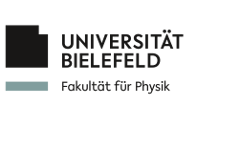
|
Address: Fakultät für Physik Universität Bielefeld Postfach 100131 D-33501 Bielefeld Tel.: +49-(0)521-106-5260 Fax: +49-(0)521-106-5244 Travel infos |

|
Calendar of Events University Calendar Bachelor / Master & Diploma Infos für StudienanfängerInnen Fachschaft Teutolab Angebote für SchülerInnen |
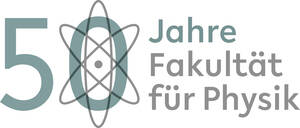
50th anniversary celebration of the faculty of physics
please note that the speeches on Friday will be held in German
Highlights
Mittelohrentzündungen werden häufig durch Cholesteatome ausgelöst, einer chronischen Knocheneiterung. Damit Cholesteatome und andere bakterielle Belastungen besser erkannt und sicher beseitigt werden können, arbeitet das neue Kooperationsprojekt „BetterView“ an einem speziellen Operationsmikroskop: Das so genannte SWIR-Mikroskop-system nutzt kurzwelliges Infrarotlicht. Es soll Blut, bakterielle Biofilme, Knorpel und Weichgewebe durchleuchten, räumlich darstellen und voneinander unterscheidbar machen. In dem Projekt kooperieren sieben Partnereinrichtungen, darunter die Universität Bielefeld und das Klinikum Bielefeld, eine der Trägerkliniken des Universitätsklinikums OWL. Koordiniert wird die Forschung von dem Medizintechnik-Unternehmen Munich Surgical Imaging. Für das Projekt werden insgesamt 4,1 Millionen Euro aufgewendet. Das Bundesministerium für Bildung und Forschung fördert die neue Forschung.
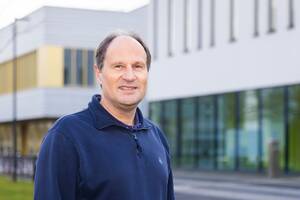
Der Physiker Prof. Dr. Thomas Huser von der Universität Bielefeld arbeitet in dem neuen Projekt daran, dass das Operationsmikroskop hochauflösende, räumliche Aufnahmen liefert und zum Beispiel bakterielle Biofilme farblich von Körpergewebe abhebt.
Foto: Universität Bielefeld/M.-D. Müller
Prof. Helmut Satz was elected as a Foreign Member of the Polish Academy of Arts and Sciences
The Polish academy of Arts and Sciences in Krakow has elected Professor Helmut Satz of the University of Bielefeld as a Foreign Member; the nomination document was just presented to him by the Ambassador of the Polish Republic. Satz is since 1971 professor in Bielefeld, since 2001 as emeritus. Besides his local activities, he spent several years at the Brookhaven National Laboratory in New York and at the European Center for Nuclear Research CERN in Geneva, as well as at the Technical University Lisbon in Portugal. In Bielefeld, he played a leading role in the development of the local elementary particle theory group, and from the very beginning he established and maintained close contacts to the corresponding groups in Poland, in particular in Krakow and Wroclaw. This resulted in close collaboration between the groups there with that in Bielefeld – contacts which have produced and continue to produce much common research work. In recognition of this collaboration, in 2014 Satz was appointed honorary doctor of the University of Wroclaw.
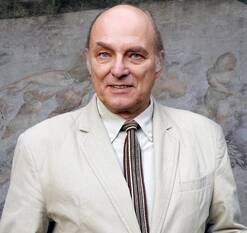

The Collaborative Research Centre Transregio “Strongly Interacting Matter under Extreme Conditions”, a joint initiative of the Technical University of Darmstadt, Goethe University Frankfurt and Bielefeld University, has been investigating the most extreme states of matter found in the universe since July 2017. Now the German Research Foundation (DFG) is funding this Transregio (SFB-TRR) 211 for another four years with 8.9 million euros. The new spokesperson is Professor Guy Moore, nuclear physicist at TU Darmstadt. He takes over this function from Professor Dirk Rischke, who researches and teaches at Goethe University Frankfurt. The Transregio also strengthens the cooperation within the Strategic Alliance of Rhine-Main Universities (RMU), which Goethe University Frankfurt, TU Darmstadt, and Johann Gutenberg University Mainz formed in 2015.
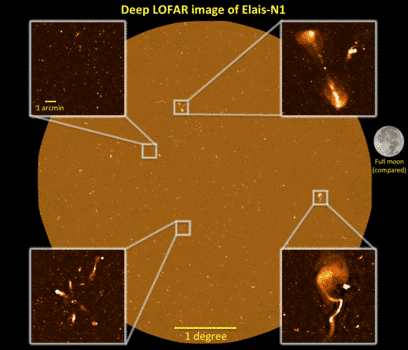
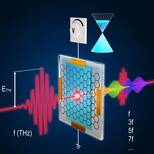
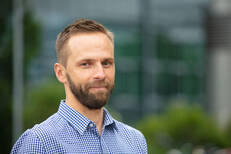
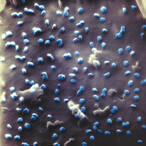
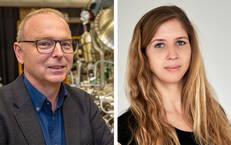
Many-body systems out of equilibrium: recent advances and future directions
19 - 23 September 2022
Organisers: Zala Lenaričič (Ljubljana), Lev Vidmar (Ljubljana), J. Schnack (Bielefeld), R. Steinigeweg (Osnabrück)